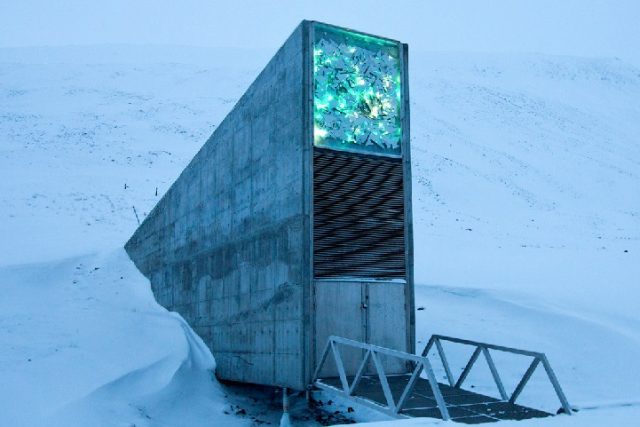Svalbard Global Seed Vault is also known as “doomsday” vault is the world’s largest secure seed storage place opened in Feb 2008 by Norway government.
It is located 1,300 kilometers beyond the Arctic Circle in Norway. Seeds from around the world and their genetic codes are stored here in readiness for a potential apocalypse.
The Ministry of Agriculture and Food of Norway is responsible for operations at Svalbard Global Seed Vault.
At Svalbard Global Seed Vault, there is permafrost. Temperatures are maintained at -18 degrees Celsius. Svalbard is the northern most town in the world with its own airport.
The seeds from all over the world arrived mostly via air transport. Then they are allocated space inside the mountain. The placement is recorded for ease of extraction when needed in future.
Sudan is the latest country to send their seeds to Norway for storage. Other African countries which have sent their seeds for storage include Burkina Faso, Nigeria, Kenya, Rwanda, Uganda and Ethiopia.
The vault is fully funded by Norwegian government. The seed bank is 130 meters inside a mountain on Spitsbergen Island in Norway. There are no permanent staff located on the facility. This was the best site because it lacks tectonic activities and it has permafrost.
The vault will be accessed frequently when genebanks around the world lose their samples due to accidents, fire, equipment failure and funding cuts. The Economist says that Svalbard Global Seed Vault is a backup for 1,750 seed banks around the world.
How are seeds stored?
Seeds are stored in airtight aluminum bags. Each bag contains an average of 500 seeds. The vault has a capacity of 5.4 million samples. By 2025, a total of 1.3 million samples had been stored in the vault.
End


